In 1932, when the impressive Grand Rex Theatre opened its doors in Paris, 80 doormen donned in white gloves and tails greeted guests for a night of glamour and luxury. A night at the theater was an occasion for fine attire, lively socialization, and entertainment. Today, although streaming services have taken technology to the next level and brought the big screen right into our living rooms, the experience is far from the same.
The Open Air Cinema Kamari in Santorini, Greece is a stunning outdoor theater that is surrounded by eucalyptus trees and offers a variety of locally produced wines and ice creams to enjoy alongside movie showings. The owner, Ina Koutroubilis, says, “Our guests tell us that the cinema is like an enchanting secret garden that harks back to the Golden Age of cinema. They come for the whole experience.”
The Oriental Theatre in Milwaukee, Wisconsin, was constructed with details from Indian, Moorish, Islamic, and Byzantine architectural styles and is known today as Milwaukee’s Historic Movie Palace. Karina Henderson, marketing director of Milwaukee Film, notes, “You can watch a lot of movies on your screen at home, but the experience of going into a magnificent building, sitting in a dark theater, putting away your glowing screens for a couple of hours, and letting yourself be immersed in someone else’s story — that’s an amazing thing in this day and age.”
In a world of commercial-free marathon-watching, a night out at the theater is even more of a luxury than in the past. These otherworldly theaters around the world take entertainment to a higher level.
Open Air Cinema Kamari
Santorini, Greece
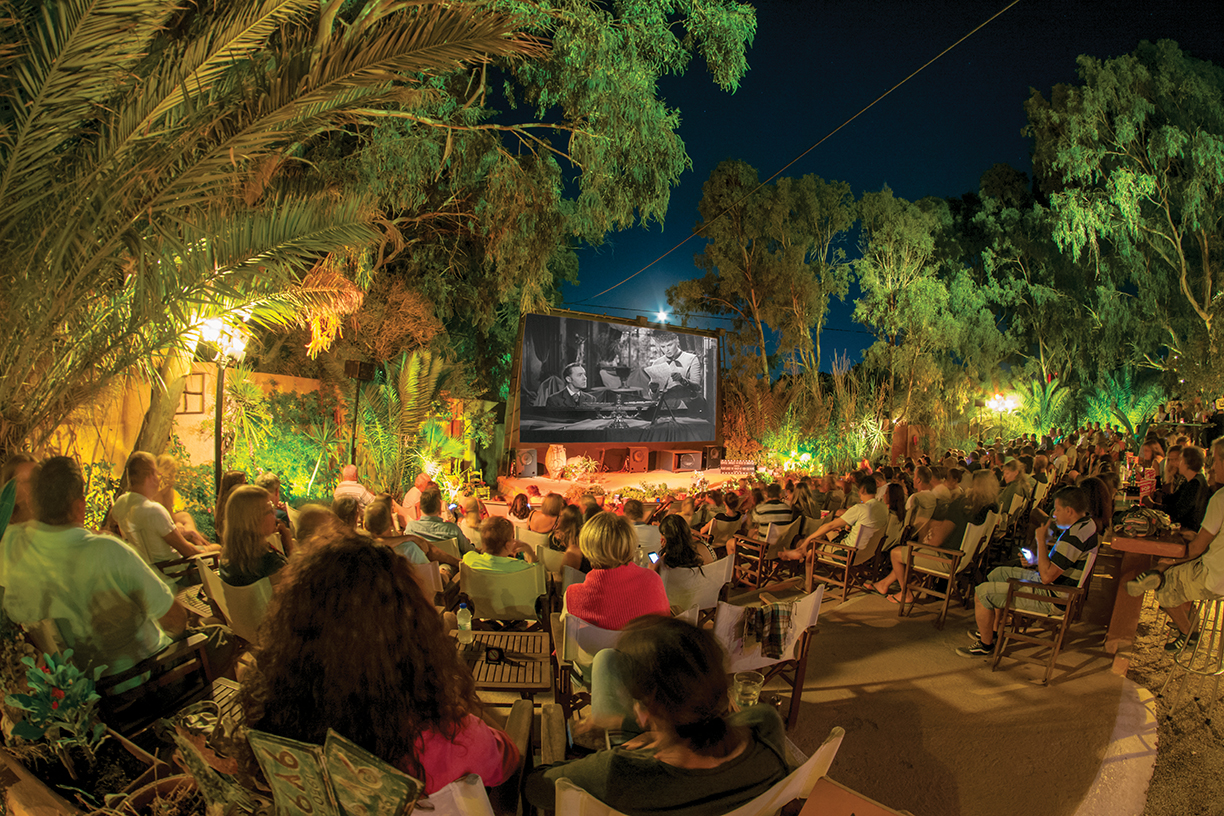
Open Air Cinema photo by cinekamari.
The Oriental Theatre
Milwaukee, Wisconsin
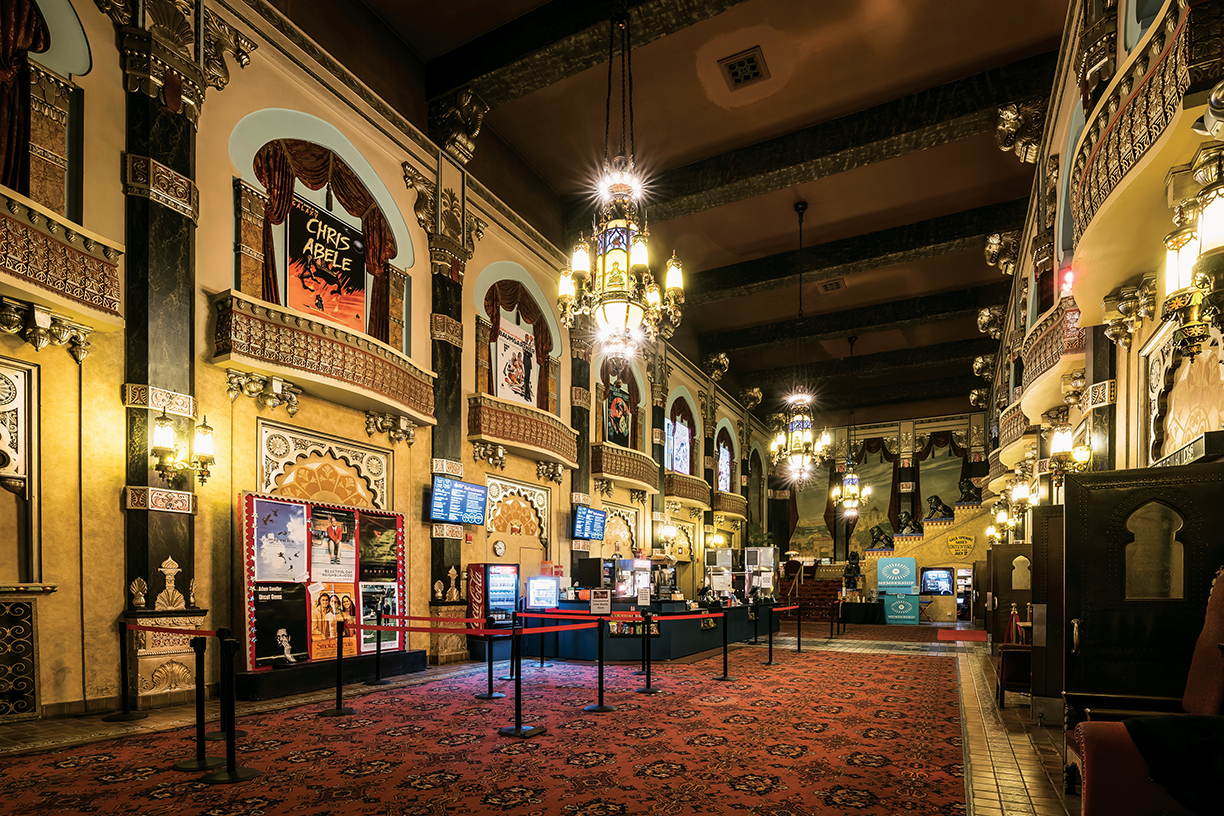
Photo by Jake Hill / milwaukee film.
Foreign Cinema
San Francisco, California
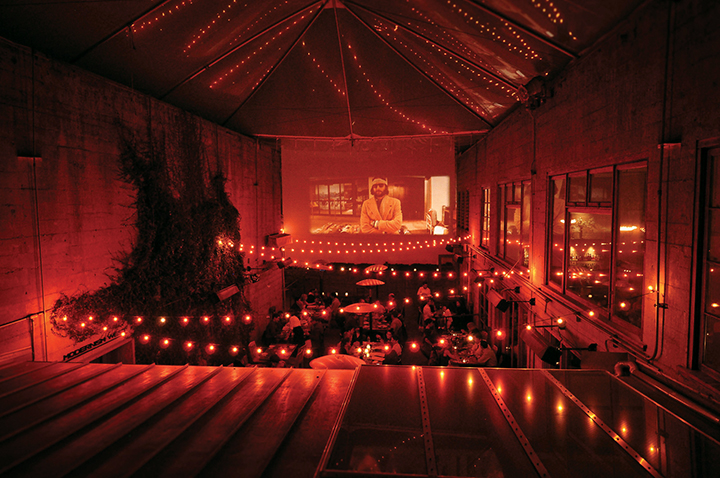
Photo by Charlie Villyard Photography.
Elevated with Flavor
Foreign Cinema in the Mission District of San Francisco, has been a San Francisco Chronicle “Top 100 Restaurant” for 18 consecutive years and is first and foremost a restaurant. Yet the added 35-millimeter films displayed nightly on their outdoor courtyard screen transforms the establishment into an intriguing combination. This pairing of food and film is not a new one, but one that continues to appeal to guests. Gayle Pirie, co-owner/co-chef of Foreign Cinema, explains that at Foreign Cinema, they united culinary and cinematic experiences in an honest way that proved successful.
“At the restaurant, visual media collides in such a way that the aesthetics of the screen flicker easily alongside the vibrancy of the plates,” says Pirie. “This pairing makes sense since the Mission neighborhood, where the restaurant is located, has a rich theatrical past. In the 1950s, it was the city’s hub for movie theaters. In many ways, we’re honoring this legacy while spotlighting the ideals and flavors that have come to define California cuisine.”
Foreign Cinema’s refined menu elevates the experience to an even higher standard. Keeping with seasonal and local ingredients common in California cooking, the restaurant also draws on inspiration from the Middle East and Africa. “Our sesame fried chicken with madras curry and spiced honey is a signature dish we nearly never take off the menu,” says Pirie.
Another example of food and film can be found at the Edible Cinema in London, England, where each guest is supplied with a variety of mystery boxes containing a small tasting menu tailored to specific moments in each film. The element of taste enhances the experience and entertainment without competing for attention.
Inspired Settings
The Paris Theatre was the last single-screen movie theater in Manhattan. With its history and overall classic atmosphere, many were highly disappointed when the doors closed in August 2019. According to The New York Times, the theater was a favorite among locals and tourists and was known for playing foreign films in their original languages.
Although the venue closed, a surprising new owner has reopened its doors — Netflix. The streaming company will use the theater for Netflix-original movie debuts, special events, and other screenings. The venue is over 70 years old and instantly brings to mind the Golden Age of cinema as it sits across from The Plaza in bustling Manhattan.

The Grand Rex Theatre
Paris, France
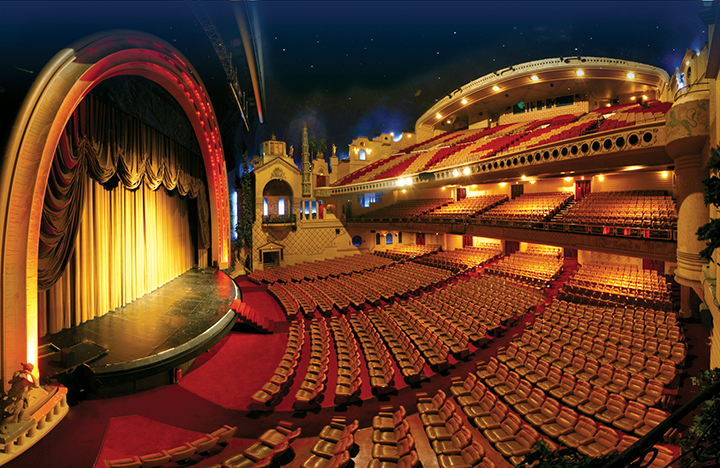
Top photo from Picasa.
Bottom photo courtesy The Grand Rex.
The setting of these theaters begins the journey for guests and sets the tone for the afternoon’s entertainment. For the Foreign Cinema, “The long corridor leads to an unexpected oasis, much like the rabbit hole in Alice in Wonderland, with a climactic courtyard scene illuminated by the flicker of our 35-millimeter projected films and juxtaposed with the roaring hearth centered in the main dining room, all encompassing the warmth of our community of diners,” according to Pirie.
When entering the Open Air Cinema Kamari, “You will find yourself in a lush green garden, surrounded by eucalyptus trees and fragrant night-blooming flowers. We usually play ’50s Jazz music and together with the decoration and lighting design, guests are already enchanted,” says Koutroubilis.
Glitz and Glamour
It was not uncommon for guests to arrive at theaters in sequined ball gowns and tuxedos at the start of cinema and for many years to follow. Although there are more casual options for viewing movies today — such as the living room sofa — the idea of luxury is still a defining component for theaters around the world. According to Henderson, “The grandeur of our building makes any movie into an event,” she says about The Oriental Theatre. “It’s uplifting to be surrounded by the beauty of a gem like the Oriental Theatre, and then sit down and watch an amazing film.”
Similarly, the decadence at The Grand Rex has stood the test of time and continued to draw guests in, only to convince them to return time and time again. Along with the balcony seating and fine finishes, the star-covered ceiling gives the illusion that guests are outside, adding to the glamour of the venue.
There was a sense of community and conversation that stemmed from early theaters when guests would dine, enjoy a film, and then go dancing afterward, making it a whole night of glamourous entertainment and socialization. The theater was a way to experience and learn about far away people and places, which not everyone had the opportunity to enjoy and is still a part of the appeal today. “In 2019, we brought 349 titles from 45 countries over 15 days to our film-loving Festival-goers. It’s truly a community event, and the Oriental Theatre is always busy during the Milwaukee Film Festival,” says Henderson. “Watching a film in a theater is still a special experience that you can’t replicate at home on your TV or tablet.”
Yerba Buena Island will be a residential development like no other in San Francisco! Boutique developer Wilson Meany and real estate investment firm Stockbridge Capital Group recently announced the start of the vertical construction of this two-decade long milestone project.
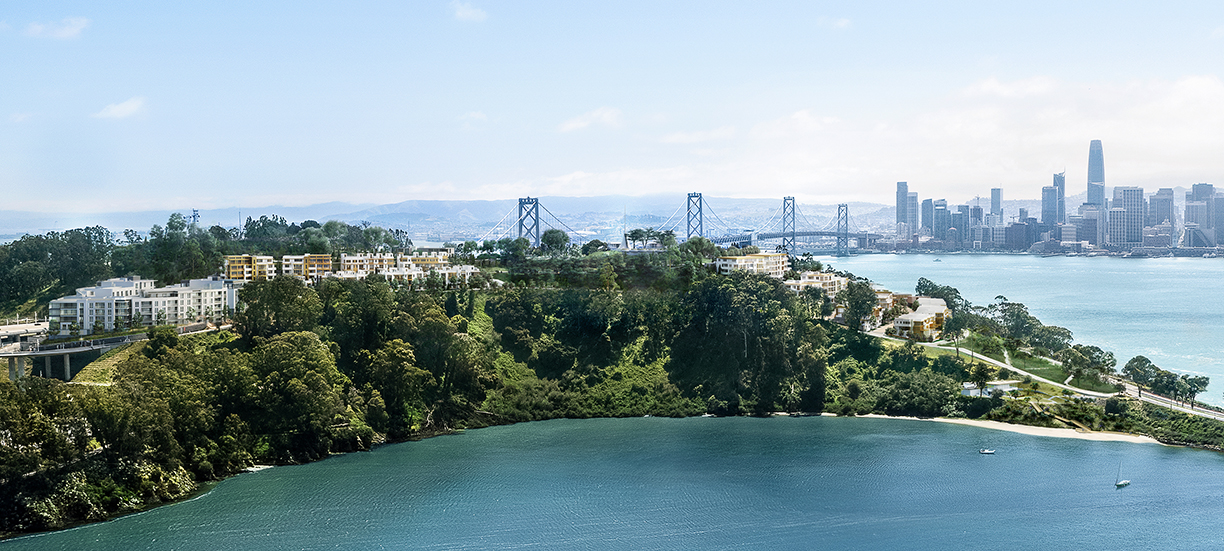
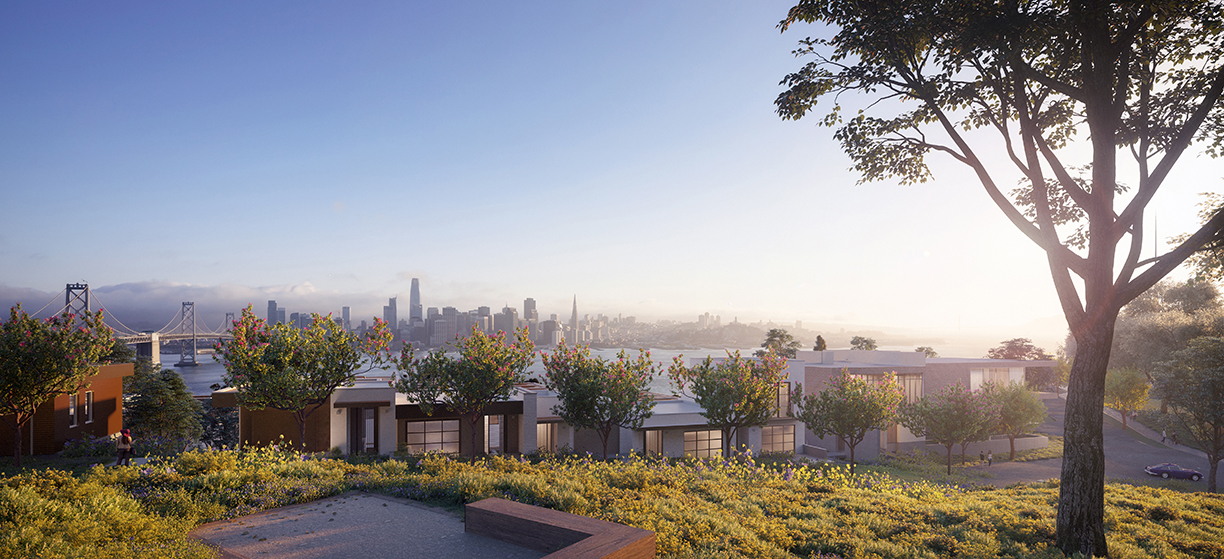
The 266 luxury residences will have sweeping 360 degree views of the city, a first of this area’s kind. A naturally formed island in the heart of San Francisco Bay, the island’s community will feature a number of “wellness-minded amenities” such as hiking trails, access to parks and more. Residents will be able to lounge out on Clipper Cove Beach and travel only 10 minutes to the city’s downtown.
“Sustainable” is a keyword for this new development as the island’s diverse topography was kept in mind when designing each condominium, flat and townhome. Meany’s developments, which include the historic San Francisco Ferry building, typically reflect the importance of holistic living and people’s connections with each other and the nature that surrounds them — Yerba Buena Island will be no exception.
More than half of the island’s environmental space is being reserved for open area parks, sandy beaches, and hiking and biking paths. A team of award- winning architecture firms —Hart Howerton, BDE Architecture, Inc., Cliff Lowe Associates, Inc., Hood Design Studio, Edmonds + Lee Architects, Meyer Davis and Aidlin Darling Design — teamed up to create residences that incorporate and celebrate the island’s unique geography.
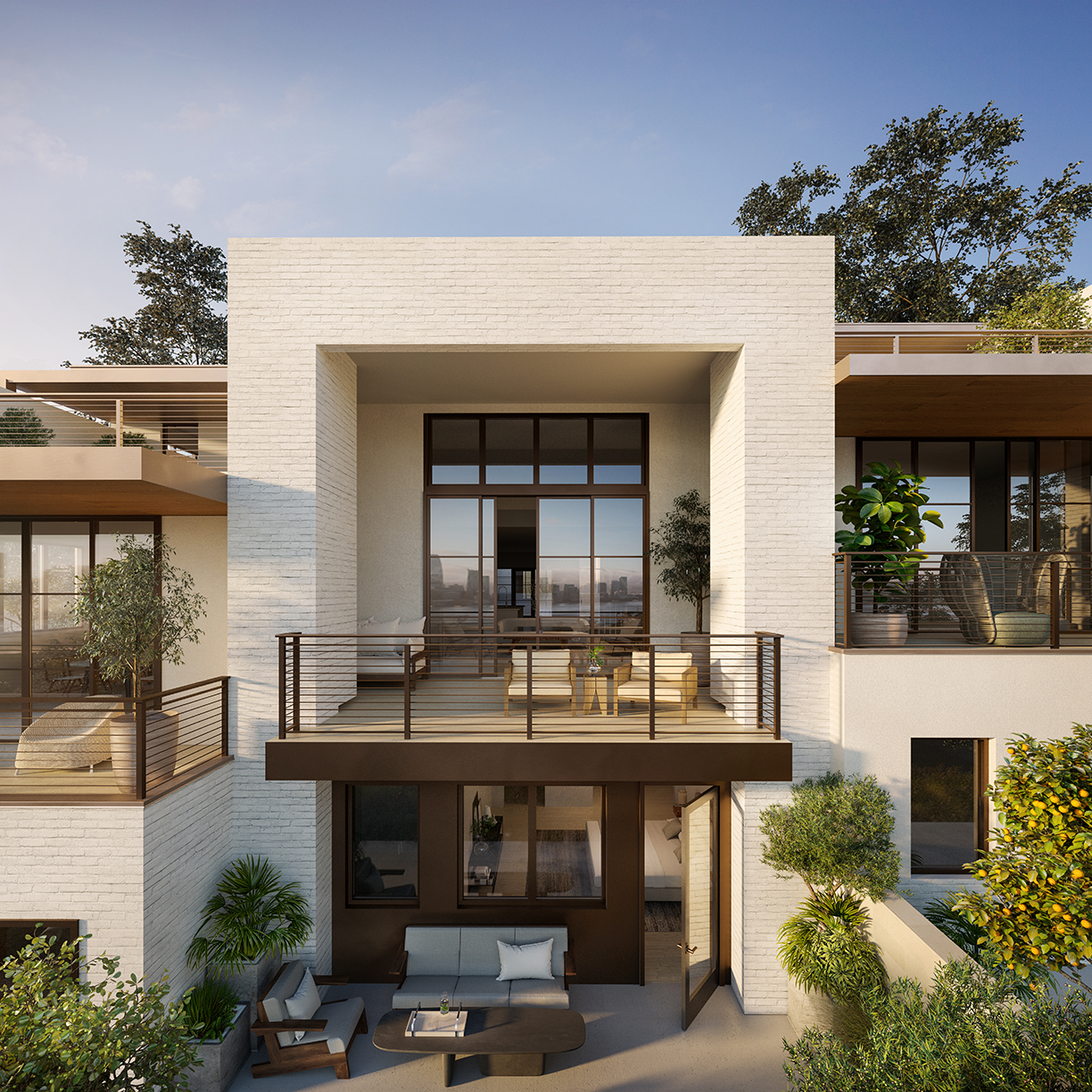
Residential sales will begin in early 2020, with the The Agency Development Group being the exclusive marketing and sales firm for Yerba Buena Island.
Photos courtesy of Hayes Davidson.
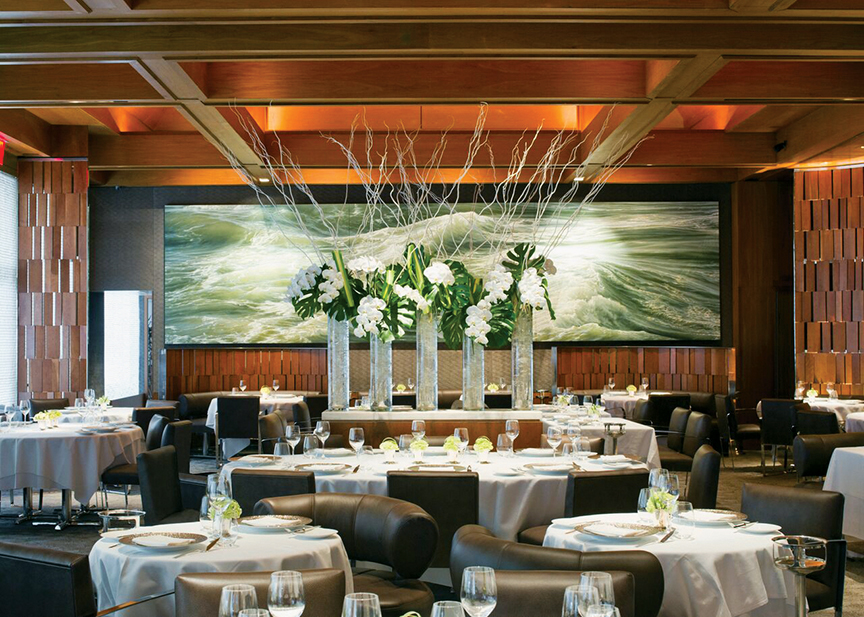
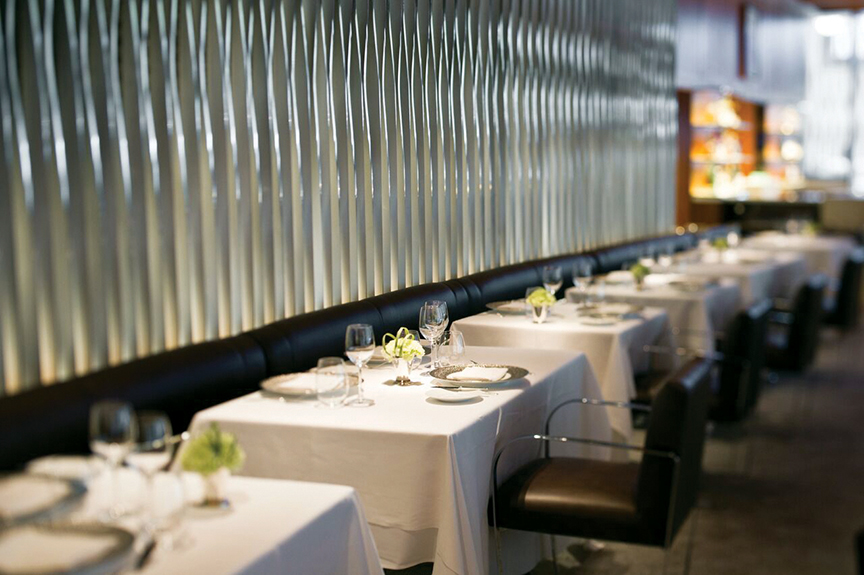
Photos courtesy of Le Bernadin
Overall, Americans are shunning haute cuisine, but for elite diners there remain plenty of opportunities for conspicuous consumption.
By Roger Grody
Generally, “fine dining” — typically evidenced by crisp white tablecloths, crystal stemware and formal service — is rapidly disappearing in America. However, for those restaurants that stubbornly adhere to tradition and insist on genuine luxury, the experience is elevated … along with the price.
Charlie Trotter, the renowned Chicago chef who died in his prime, insisted that fine dining actually represents good value, citing the superb ingredients and intensive labor (100 people from farmers to servers) that contribute to a world-class meal. Average Americans cannot afford mansions or yachts, but many can occasionally experience the world’s finest cuisine. The restaurants featured herein honor Trotter’s philosophy, with some pushing his principle to its limits.
Le Bernardin is one of New York’s temples of gastronomy, where chef/partner Éric Ripert has earned acclaim for fresh, seasonable seafood enhanced through sophisticated French technique. With options between $170 and $225 per person, the prix fixe menus at Le Bernardin are actually restrained for a Michelin three-star restaurant, but a couple can drop a bundle once caviar and wine are added.
“Luxurious service no longer equates to the stiff environment with formulaic interactions that was once popular,” reports Ripert, and while Le Bernardin has pioneered a more approachable experience, the chef/restaurateur still values tradition. “We continue to be a destination for special occasions, which is a large part of why we uphold some of our more classical dining requirements, such as gentleman wearing jackets,” he says. Allowing guests to visit the kitchen and take photographs with staff might not have been something his mentor Joël Robuchon would have encouraged decades ago, but Ripert views it as part of the evolution of fine dining.
While French cooking has the reputation for being the most expensive, it is Japanese cuisine — particularly the art of sushi — that is the priciest in America today. Discretely tucked into a diminutive space on Beverly Hills’ Rodeo Drive is Urasawa, whose entire seating is essentially comprised of just eight chairs at a sushi bar. There, for a flat fee of $425 per person (before tax, tip or a drop of sake), sushi chef Hiroyuki Urasawa personally pampers guests with an omakase (chef’s choice) meal in which extraordinary ingredients are matched by artistry on the plate.
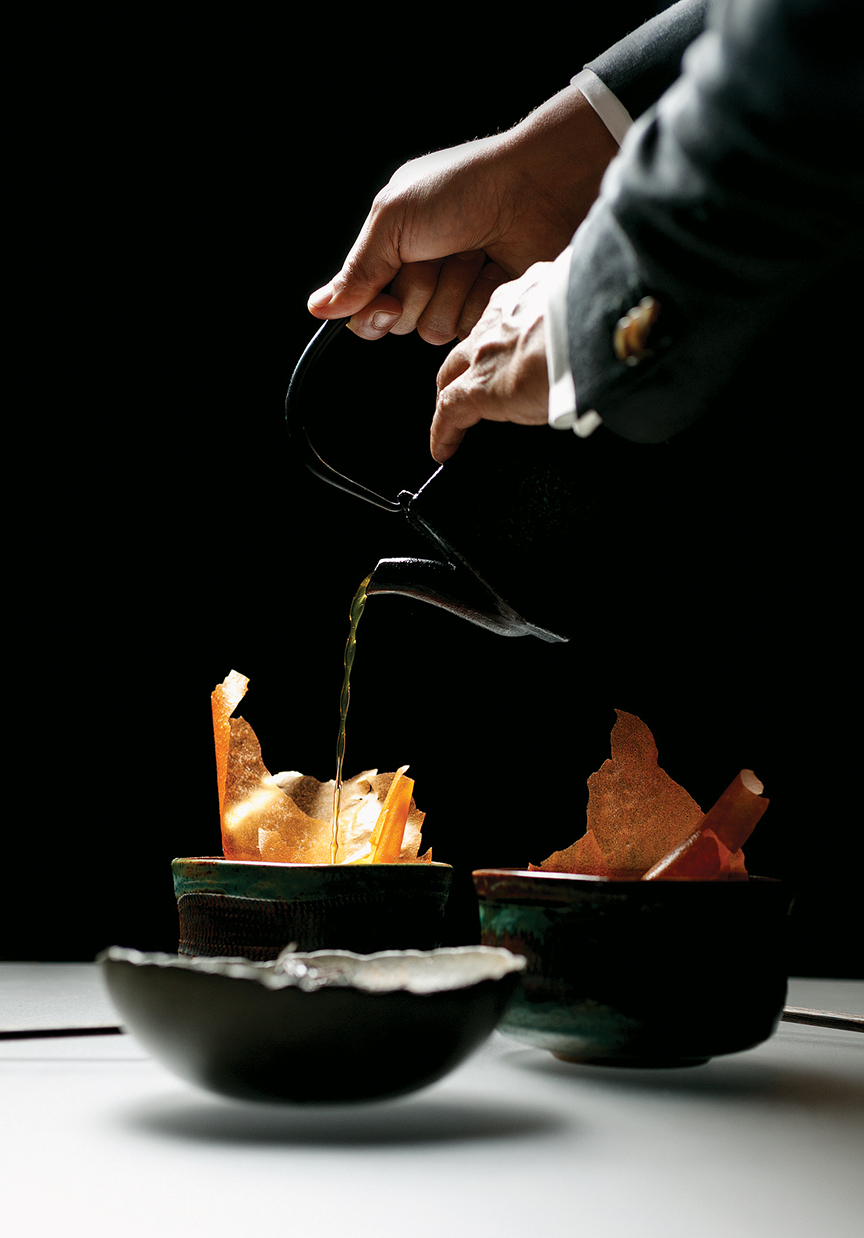

Photos by Allen Hemberger, interior by Matthew Gilson
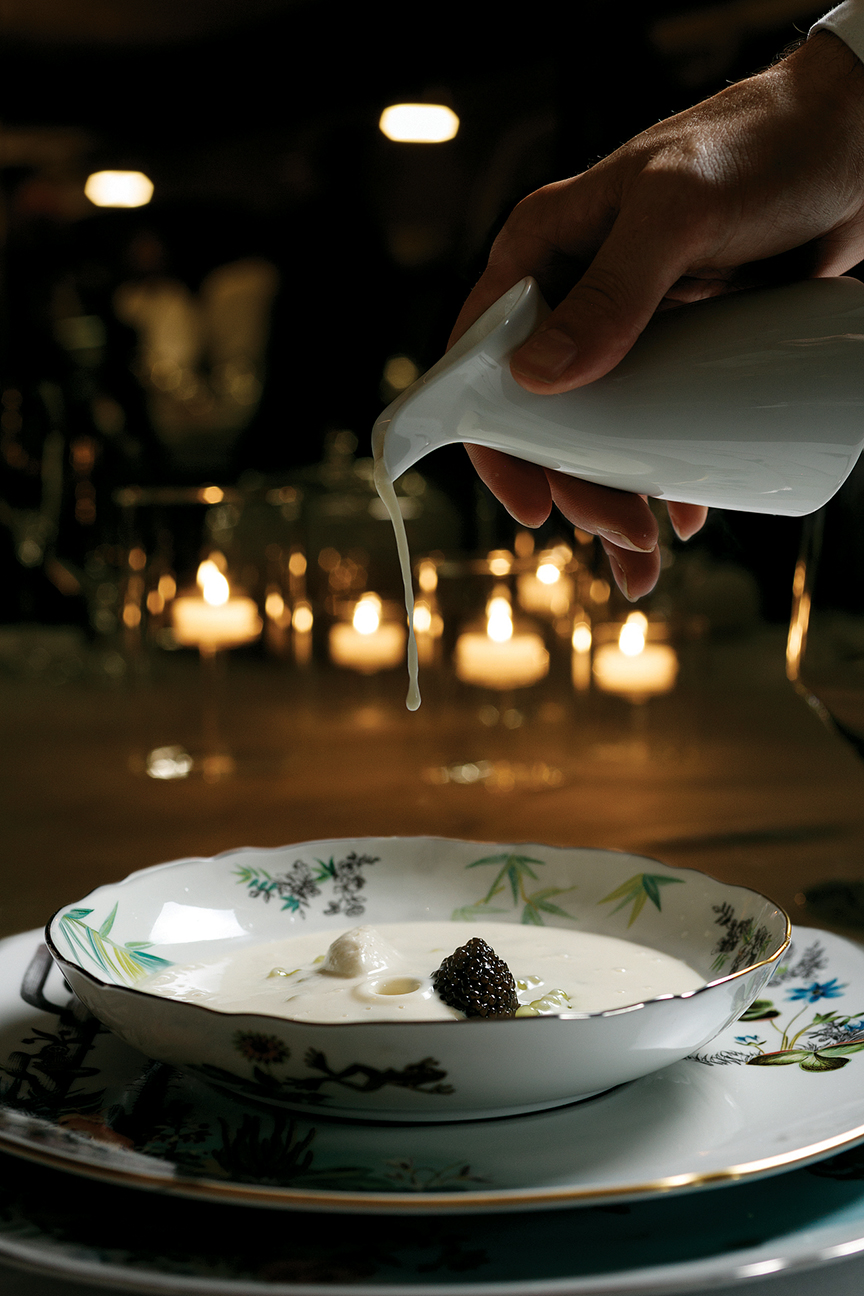
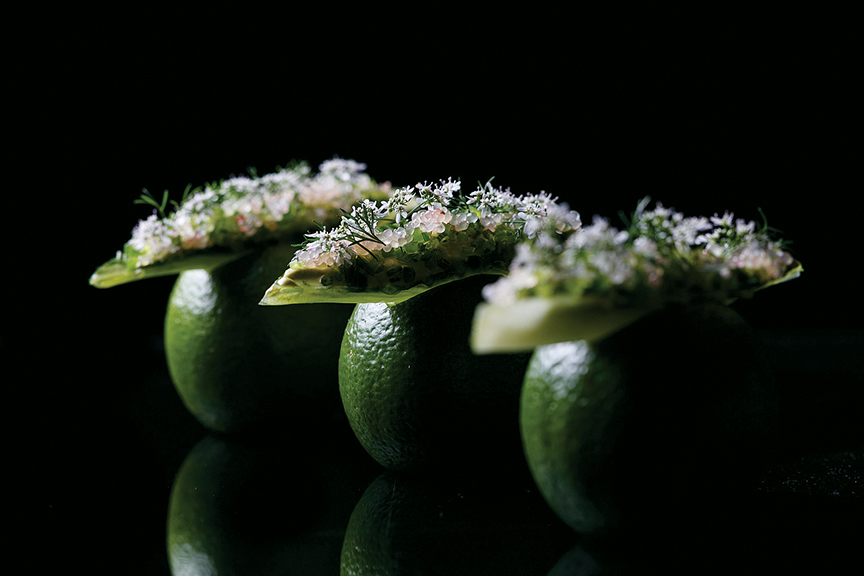
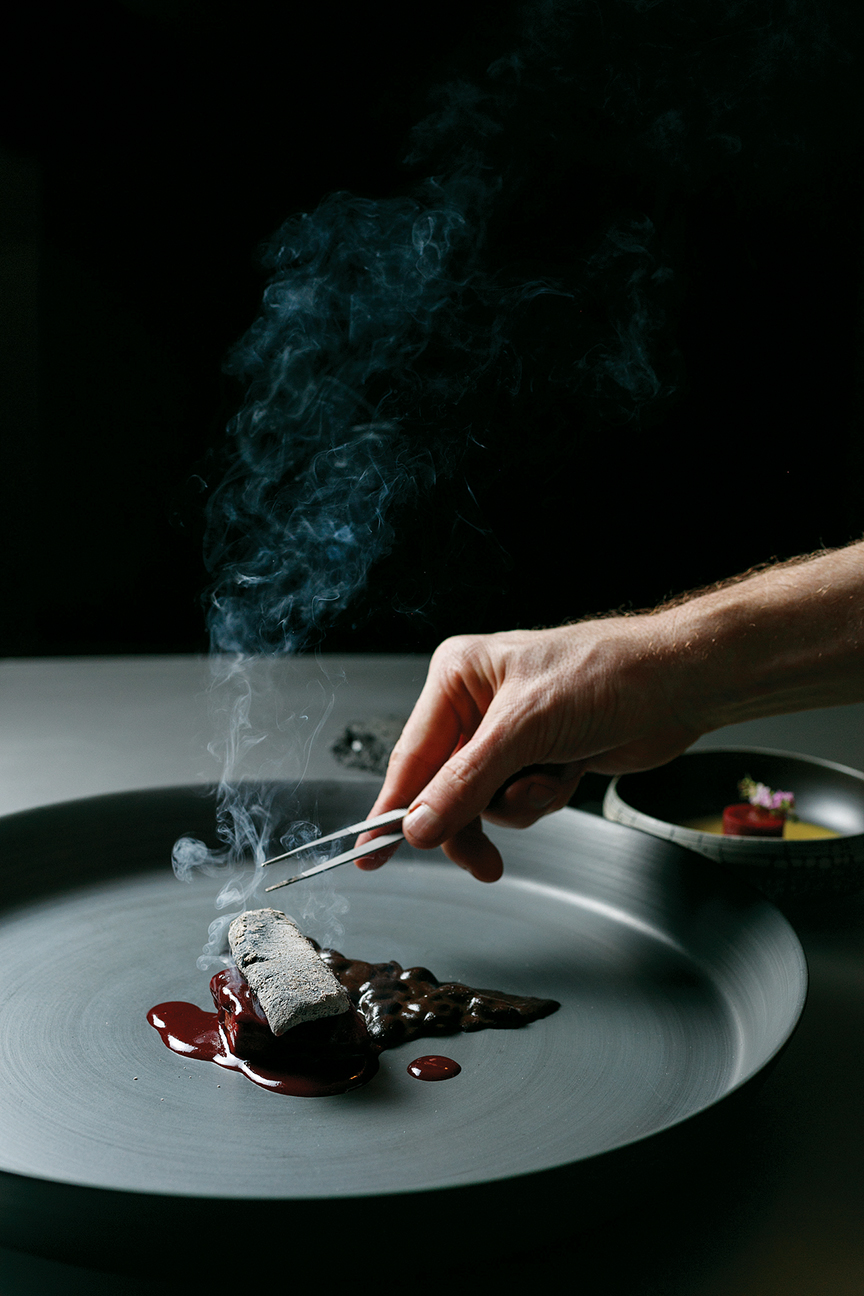
Urasawa-san is a protégé of sushi chef Masayoshi “Masa” Takayama, whose own restaurant previously occupied that same Beverly Hills space. When Takayama was lured to New York to open his 26-seat Masa at Time Warner Center, the prices went up and are now $595 per person, although gratuities are not accepted.
Masa’s sushi bar, a solid piece of hinoki (Japanese cypress), is sanded daily to create a luxurious tactile surface, while flowering branches of seasonal plants provide the only distraction from the master’s work behind the counter. A procession of glistening, edible jewels — the exquisite plating includes ample caviar, truffles and uni — comprise an unforgettable two dozen-course feast that most believe is worth the price.
Alinea, the renowned flagship of culinary innovator Grant Achatz, is sometimes mistakenly viewed as an elaborate stage for the chef/owner’s bag of molecular gastronomical tricks, but innovation alone does not earn three Michelin stars. While the interactivity and playfulness of the cuisine may turn off traditionalists who insist on the hushed formality of what typically passes for fine dining, the sophistication of Achatz’s ingredients, imagination and technique is undeniable. The price for this carefully choreographed presentation of culinary and performance art can reach $385 per person, prior to making a wine selection.
While acknowledging the “absurdity” of paying so much for a meal, Jeff Ruby, chief dining critic at Chicago magazine, insists the Alinea experience is a sound investment. “Someday, Alinea will be gone, and people will speak of it with awe, and its legend will grow,” he says. “Like people who brag that they saw Michael Jordan play in his prime, you can say you ate at Alinea. That is worth way more than $385 to me.”
Ruby believes even traditionalists can find pleasure with Achatz’s concept, as long as they go with an open mind. “People walk in with a chip on their shoulders and Alinea knocks the chip off and turns it into some kind of dehydrated truffle orb,” quips Ruby, insisting Achatz and his crew deliver on their promise night after night.
Located in a posh hotel 20 miles north of downtown San Diego is Addison, where 22-karat gold-trimmed doors open into a soaring foyer while four limestone fireplaces warm the classically inspired premises. In the kitchen, Executive Chef William Bradley prepares a contemporary French cuisine while $10,000-plus treasures are stocked in the wine cellar. Although the chef’s 10-course tasting menu is a relatively manageable $250, Addison recently hosted a Krug Champagne dinner that at $1,000 per head is extravagant by any standard.
“At Addison, every element is fine-tuned through the lens of creating the best and most memorable dining experience possible for our guests from the moment they walk through the door,” reports Bradley. Noting that many diners are celebrating special occasions or have traveled a great distance, he adds that small details (e.g. generously spaced tables, stools for ladies’ purses) are the foundation of the guest experience.
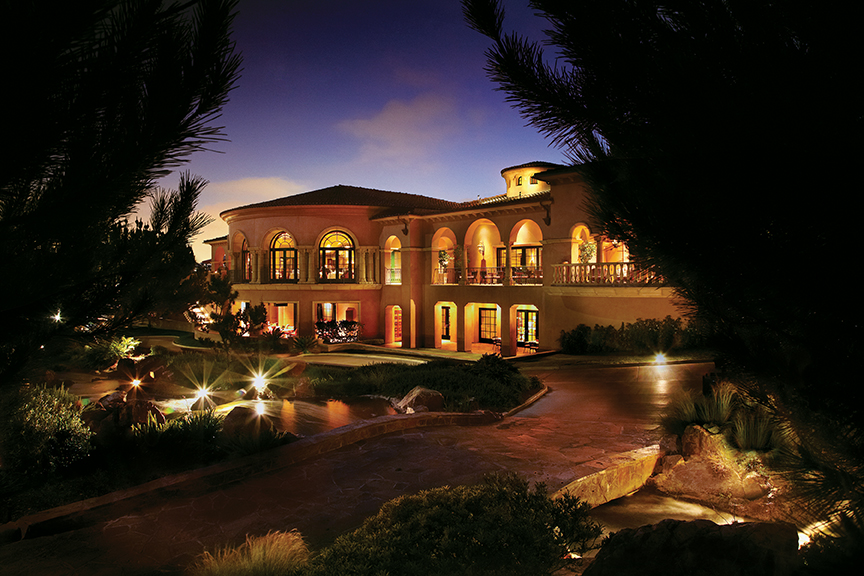
Photos courtesy of Tory Kooyman and Jakob N. Layman
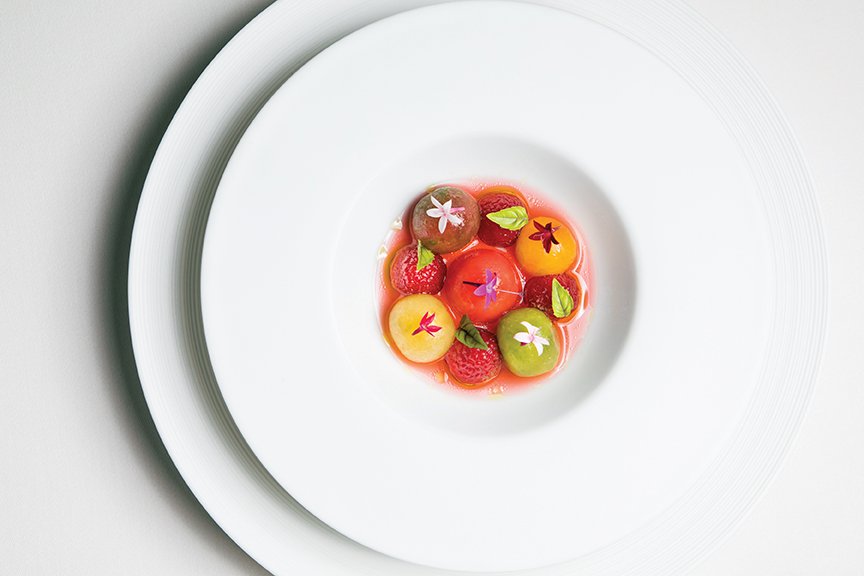
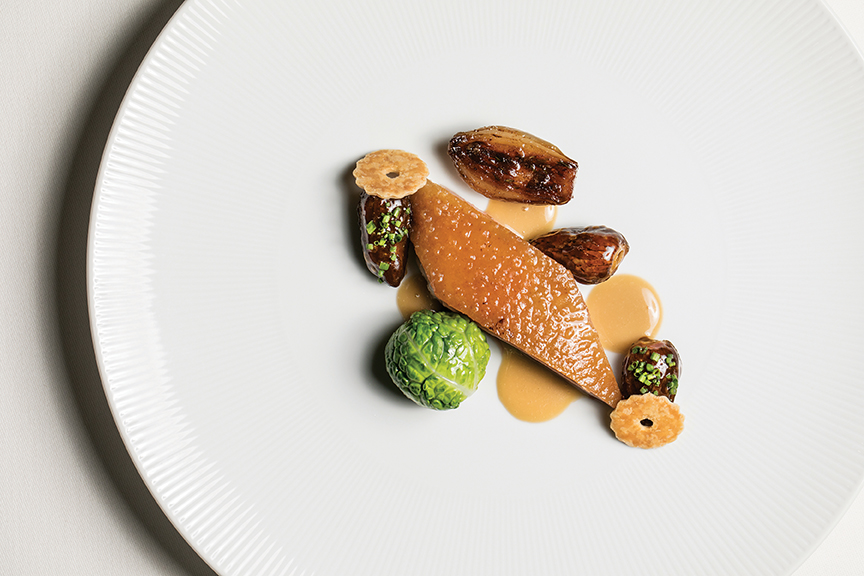
“Hospitality is timeless, as is the desire to be transported,” says Bradley, noting that the dining experience at Addison — it is tucked away in the hills above Del Mar — echoes its physical separation from metropolitan San Diego or L.A. “In an era where we’re so connected to technology, it’s more important than ever to maintain fine dining traditions that separate our guests from the stress of their daily routines,” suggests the chef.
Addison’s bar is currently dispensing a $250 cocktail called the Corpse Reviver XIII, a reimagination of a classic libation with roots in the 19th century. This gold dust-embellished version contains Adrien Camut Rareté (a Calvados so rare only 10 bottles are allocated to the U.S. annually) and 40-year-aged Rémy Martin Louis XIII Cognac. With its price equivalent to the tasting menu, this is clearly an indulgence worth lingering over.
In San Francisco, Saison ranks as the most exclusive and expensive restaurant in town, where exquisitely presented contemporary American fare is served in a space where the boundaries between dining room and kitchen are all but erased. A procession of nearly 20 small courses, which changes daily and can be tailored to the preferences of individual diners, carries a tariff of $398 —before even exploring Saison’s world-class wine list.
In Las Vegas, where winners and losers alike are as predisposed to consume opulent cuisine as they are to purchase Louis Vuitton bags, every major hotel has at least one ultra-high-end dining room. At Caesar’s Palace it is the eponymous restaurant of Guy Savoy, one of Paris’ Michelin three-star stalwarts, where the “Prestige Tasting Menu” runs $385 per person and premium wine pairings add another $375.
At Twist, a celebrated dining venue at the Mandarin Oriental Las Vegas, Chef Pierre Gagnaire (another giant of the Parisian dining scene) presents what may be the luckiest menu on the city’s legendary Strip. A seven-course meal is paired with seven fine wines to comprise a memorable gastronomic experience, and hopefully its $777 per person investment can be recouped with some additional sevens in a nearby casino.
At the Mandalay Bay’s Fleur in Las Vegas, even the ultimate comfort food can inflict extensive damage to one’s budget. There, chef/owner Hubert Keller applies the city’s legendary glam to the humble hamburger, layering foie gras and truffles over a wagyu beef patty. It arrives with a bottle of 1995 Château Pétrus, one of the world’s most treasured wines, followed by a $5,000 tab.
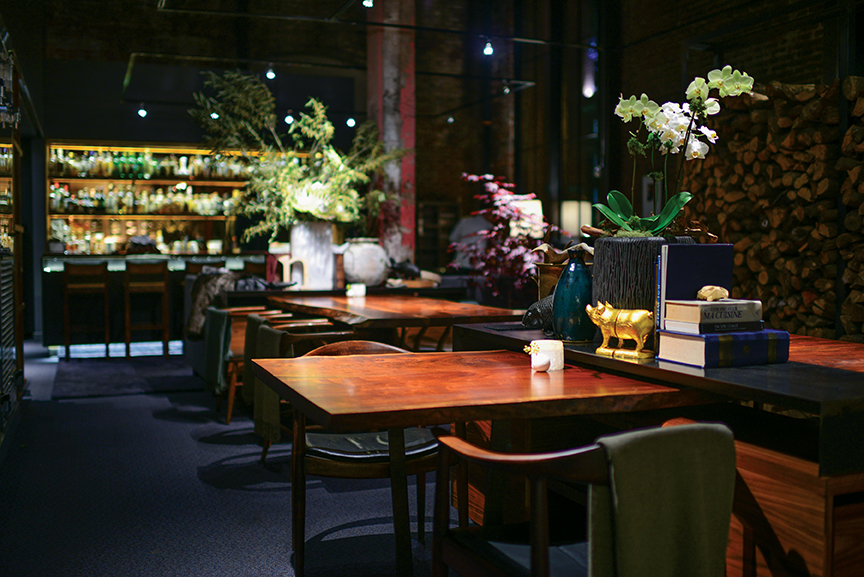
Photos by Bonjwing Lee
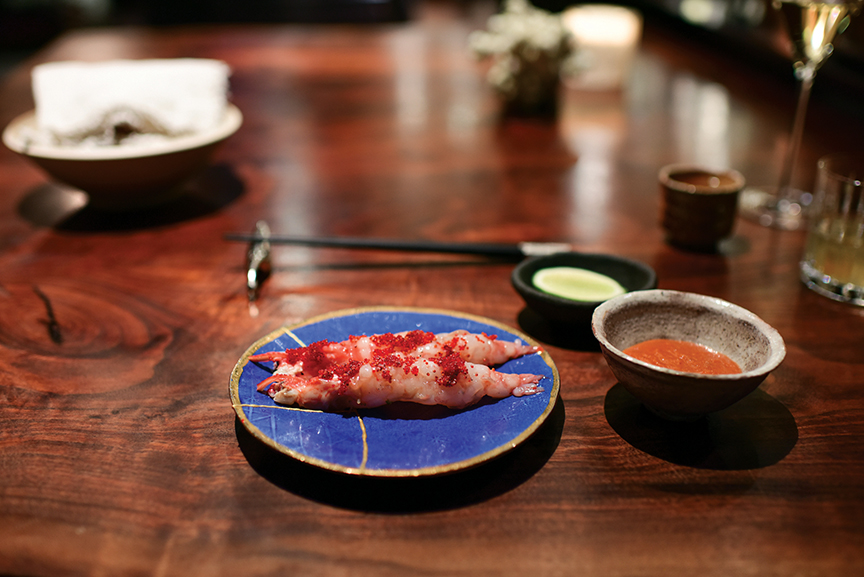
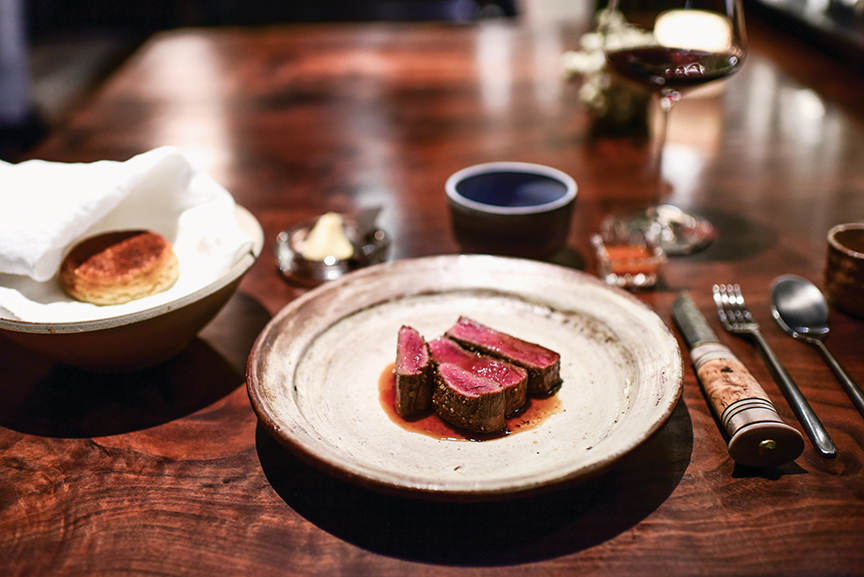
Addison • San Diego • www.addisondelmar.com
Alinea • Chicago • www.alinearestaurant.com
Fleur by Hubert Keller • Las Vegas • www.hubertkeller.com
Restaurant Guy Savoy • Las Vegas • www.caesars.com
Le Bernardin • New York • www.le-bernardin.com
Masa • New York • www.masanyc.com
Saison • San Francisco • www.saisonsf.com
Twist • Las Vegas • www.mandarinoriental.com/las-vegas
Urasawa • Beverly Hills • http://urasawa.cafe-inspector.com
Working to develop urban areas around the country is based on focusing on and improving the lives of residents for future years to come. To emphasize these goals, many developments are implementing sustainability methods in design and architecture to benefit the surrounding community and inhabitants.
Urby — Staten Island, NY
Located on the North Shore waterfront, Staten Island Urby is the largest new-construction development in Staten Island that offers specially curated social spaces that encourage natural opportunities for neighbors to meet and interact, including an urban farm featuring farmer-in-residence, Zaro Bates.
The 5,000-square-foot farm is the first commercial farm to be incorporated into an urban residential development. The farm grows over 50 varieties of produce across 5 major categories: greens, summer vegetables, flowers, herbs and roots. The farmers offer workshops to the community and residents including a fermentation series, growing your own herbs and microgreens, and bee-keeping workshops. Produce from the farm is used by the residents, served in the kitchen and sold at a weekly farmer’s market. Zaro’s business partner, Asher Landes, oversees the apiary, which encompasses 20 beehives on the roof of Urby that produce honey.
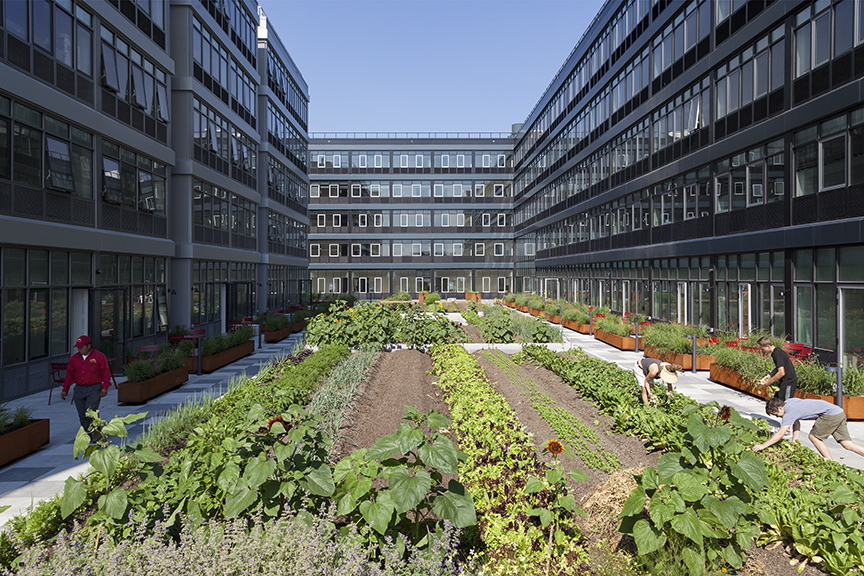
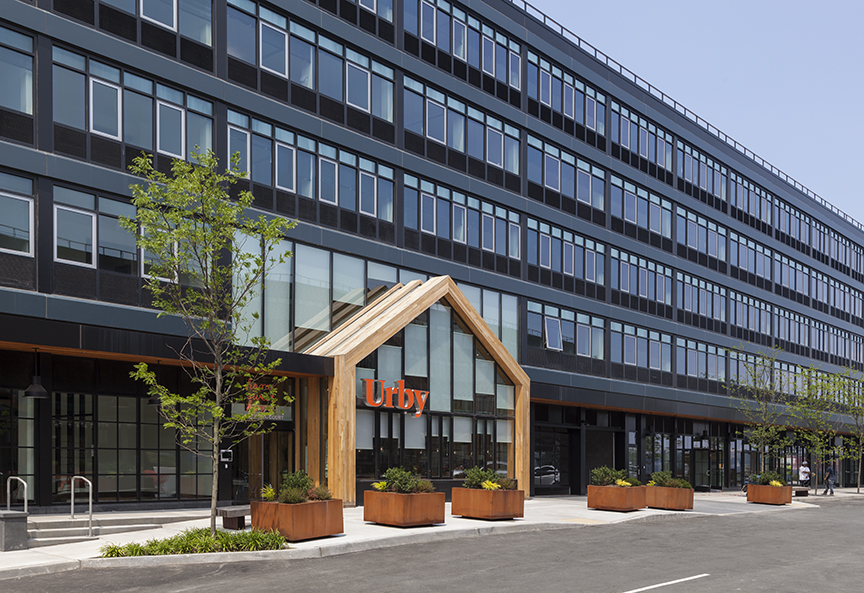
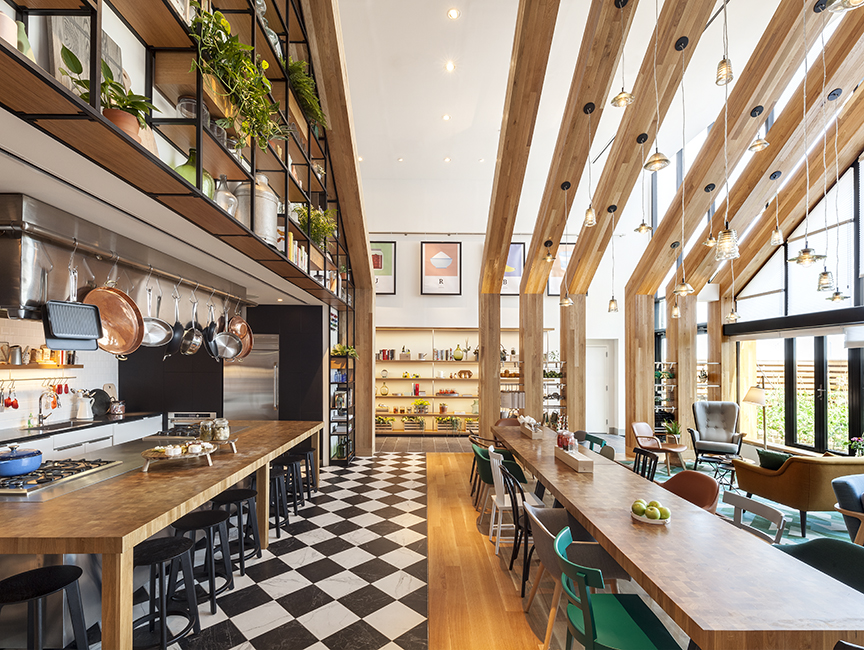
Photos courtesy of Ewout Huibers
Residence 2680 – San Francisco, CA
Located in the prestigious Pacific Heights neighborhood, Residence 2680 is the largest single-family home renovation that is built to Passive House standards with Home Platinum LEED certification in San Francisco. Developed by Troon Pacific and built to strict sustainability standards, naturally sourced, low-chemical producing materials like wood, stone and glass were incorporated throughout the home.
“We believe in the inspirational power of natural beauty and use principles of biophilic design throughout our homes to uplift our spirits and enhance health and wellness in the urban environment,” says Gregory Malin, CEO of Troon Pacific. Gregory Malin.
With mental and physical wellness in mind, Troon Pacific incorporates a variety of design features, such as Zen wellness gardens, retractable skylights to provide natural ventilation and clean air, rain chains for natural water filtration, landscaped roof decks, saunas, steam rooms and more.
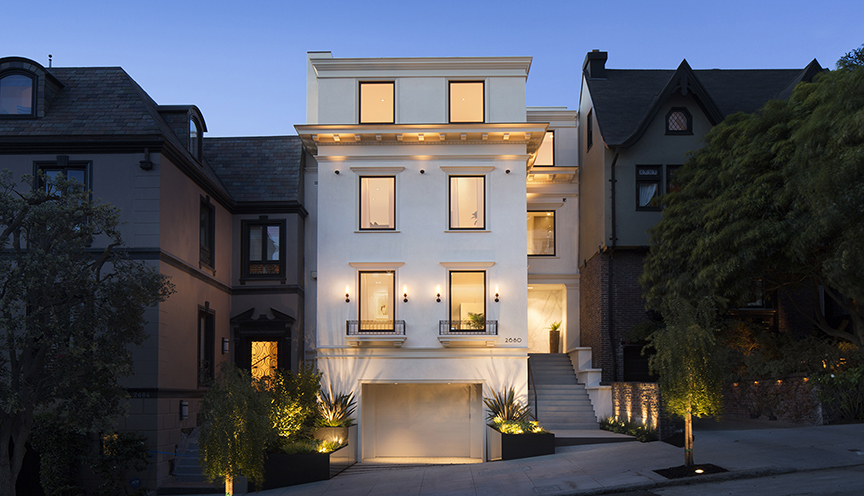
Photo courtesy Troon Pacific.
570 Broome — SoHo, NY
570 Broome is a new 54-unit luxury boutique condominium that is the latest addition to Hudson Square, which has become a highly sought-after residential neighborhood and go-to destination for retailers, restaurants and businesses.
The material used to build the condominium is a result of a new collaboration between sintered stone slabs and Pureti, an aqueous and titanium dioxide nanoparticle-based treatment. This treatment on the surface of the building is activated through light energy to transform the moisture in the air into oxidizing agents, which destroy pollution-causing particles. For 570 Broome, this equates to taking 2,000 cars off the road for a year or the purifying power of 500 trees.
The overall architectural design references the area’s history through the large framed windows, along with the building’s silhouette evocative of staggered cubes.
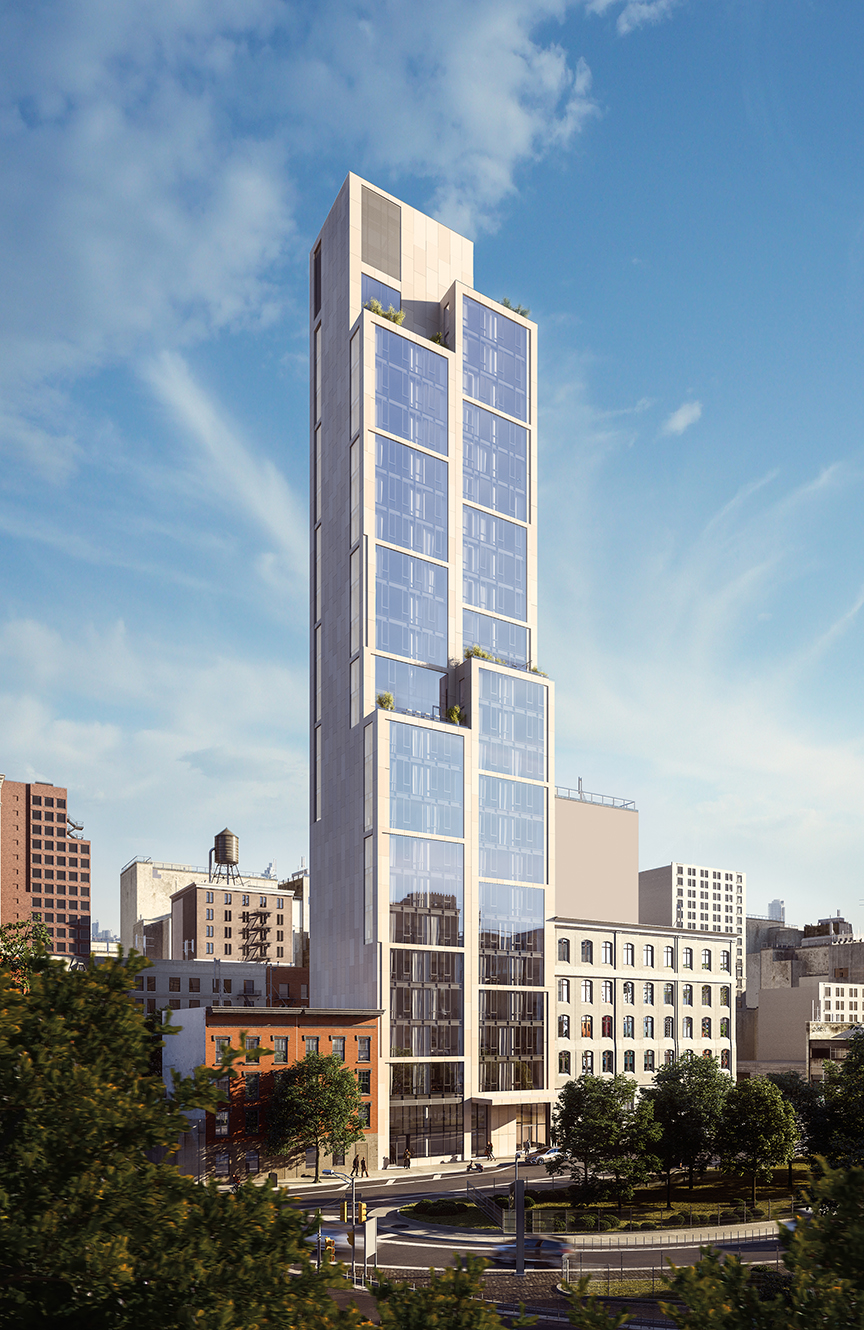
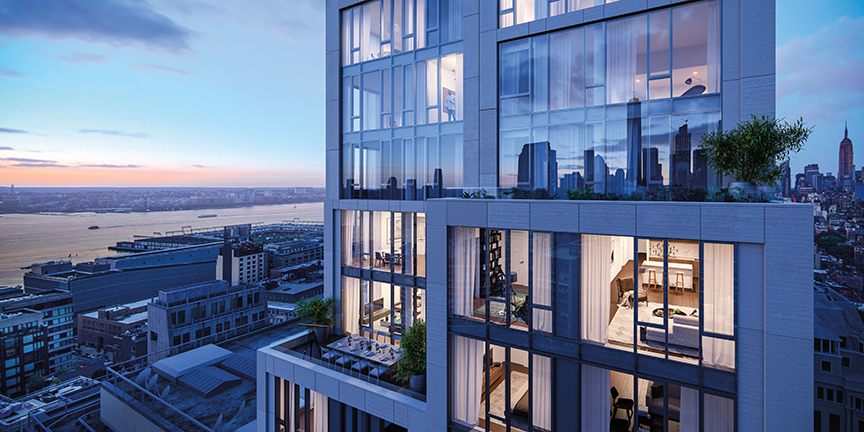
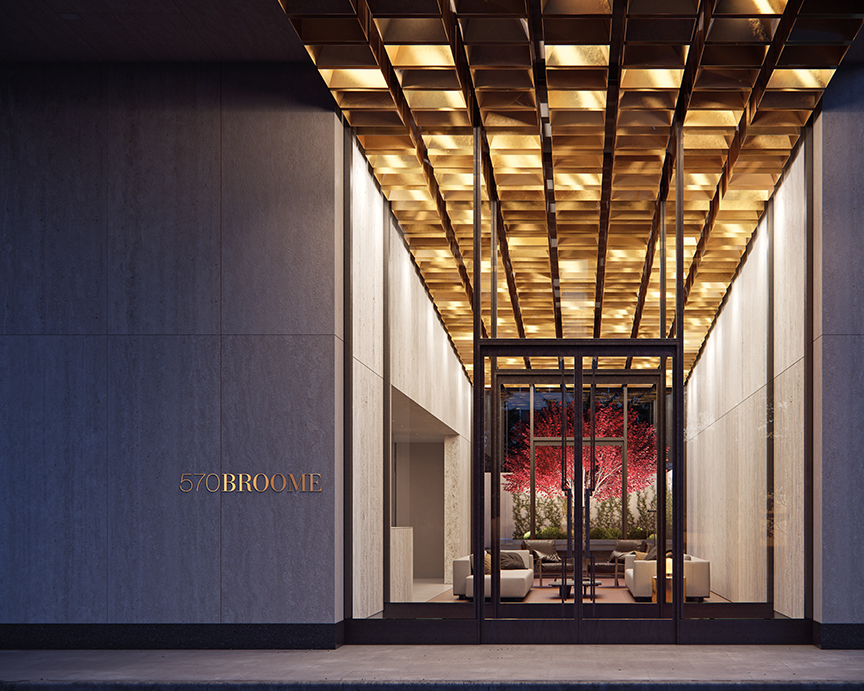
Photos courtesy Builtd.
Manitoba Hydro Place — Winnipeg, Canada
Manitoba Hydro Place offers a fully integrated design that capitalizes on Winnipeg’s abundance of sunshine and gusting winds to harness solar and wind energies. The capital “A” form of the tower comprises two wings fused at the north and splayed open to the south. This opening is filled with three, six-story stacked atria or winter gardens that act as the lungs of the building as well as 78-foot waterfalls that humidify/dehumidify incoming air.
The design is 80-percent more efficient than conventional Winnipeg buildings, making it the third most energy-efficient, large scale building in the world. It is also the first large-scale office tower in North America to be LEED Platinum-certified.
Photo courtesy Gerry Kopelow.
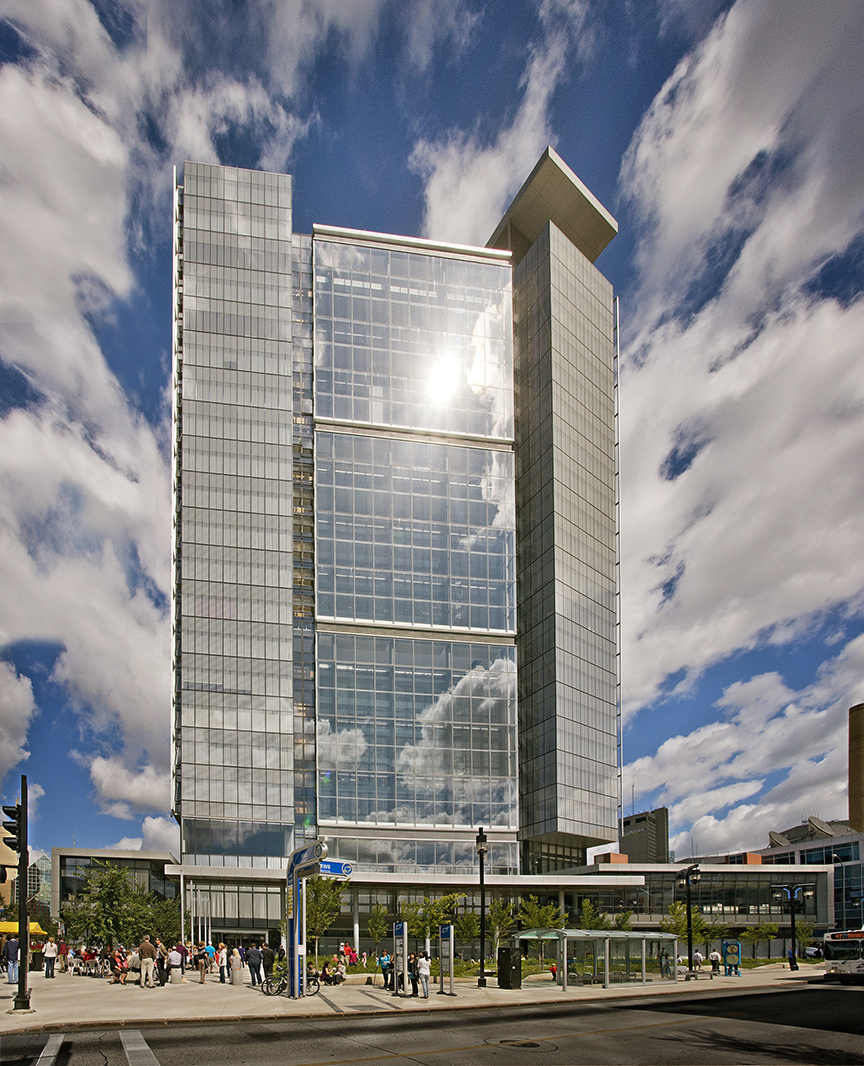
Market Square — San Francisco, CA
Market Square, a Gold LEED-certified project, was designed by BCV Architecture + Interiors with sustainability and community in mind. The two-building project transformed the dark, outdated and unused space into a cohesive part of its Mid-Market San Francisco neighborhood.
Natural and recycled materials, including reclaimed wood from one of the building’s earlier additions, are used throughout. Market Square merges state-of-the-art office space with an integrated ground floor community featuring the best of San Francisco’s food and retail purveyors. BCV Architecture + Interiors view sustainability through a myriad of lenses and considers the ethical, cultural, social, economic and historical implication of a project in addition to the technical solutions.
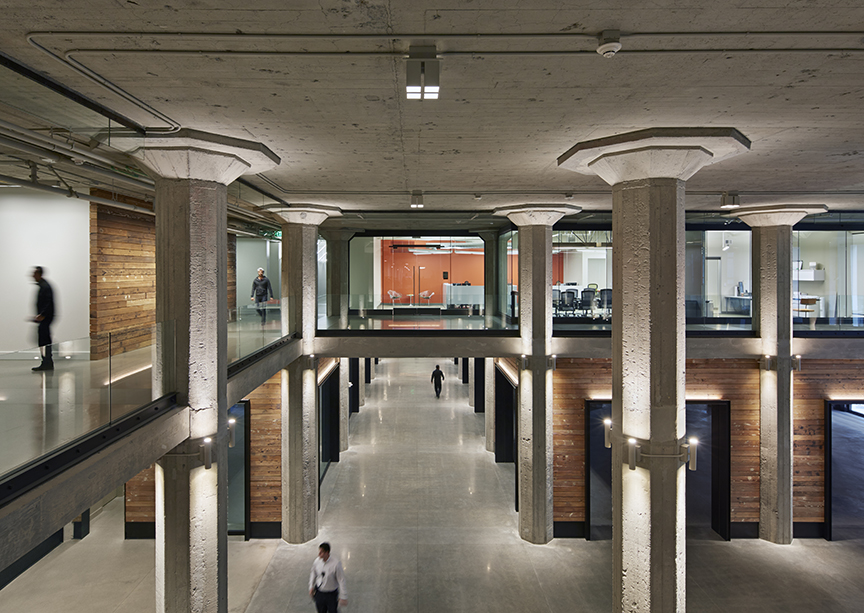
Photo courtesy Bruce Damonte.
12 Warren — Tribeca, NY
12 Warren is a boutique residential condominium nestled in Tribeca developed, designed and constructed by DDG. This development features a hand-laid façade and is an impressive addition to one of Manhattan’s most desired residential neighborhoods.
12 Warren is specifically designed with NYC Energy Code compliance and LEED certification in mind, targeting a Silver level LEED certification. Additional components include a green roof system, accommodating alternative transportation storage, stormwater collection and reuse, reduction of heat island effect with concrete, light grey toned pavers and landscaping elements, construction waste management and secondary tenant-controlled heating elements to reduce overall energy and electrical output. By choosing native and local materials, such as Bluestone from upstate New York, something close to home and natural, helped ensure more sustainable building practices.
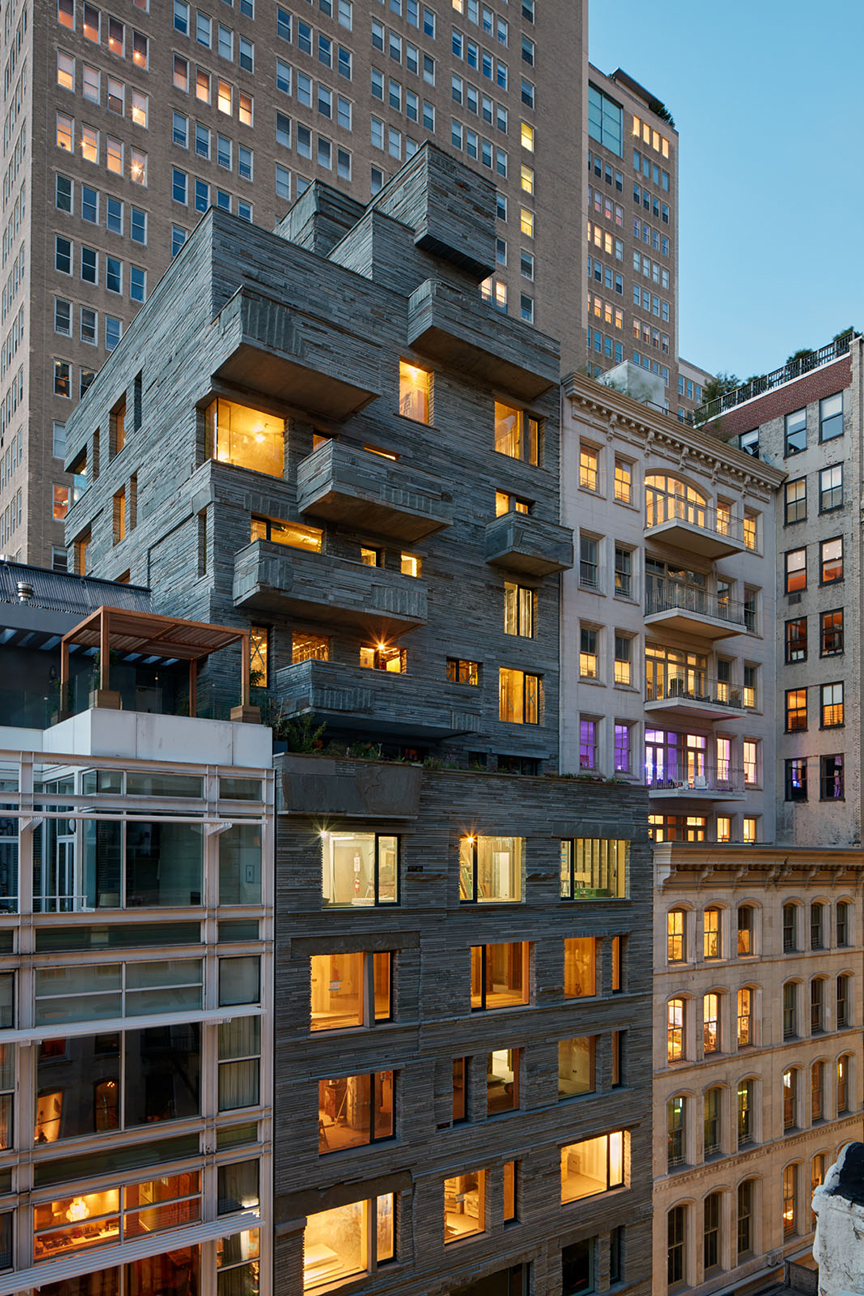
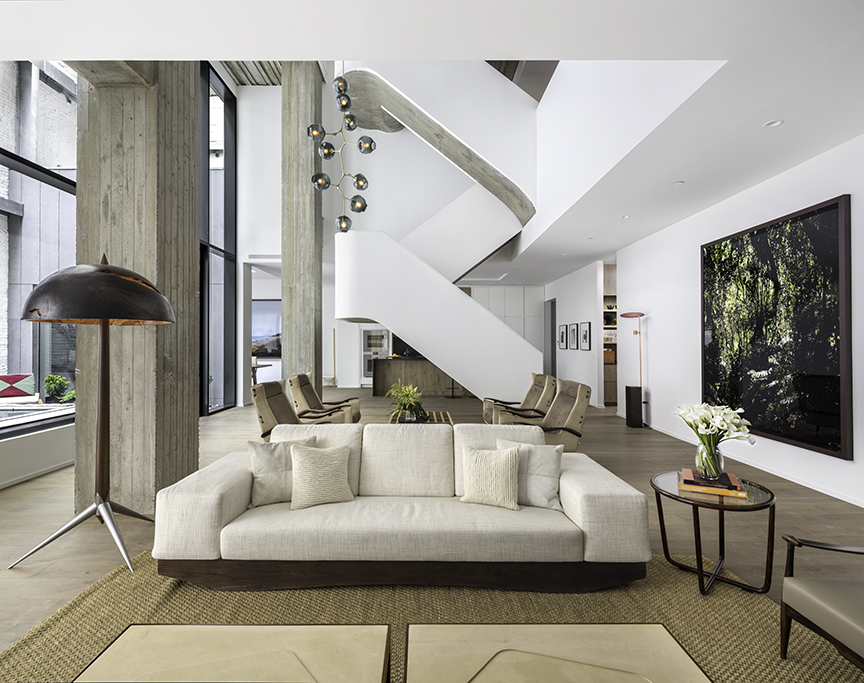
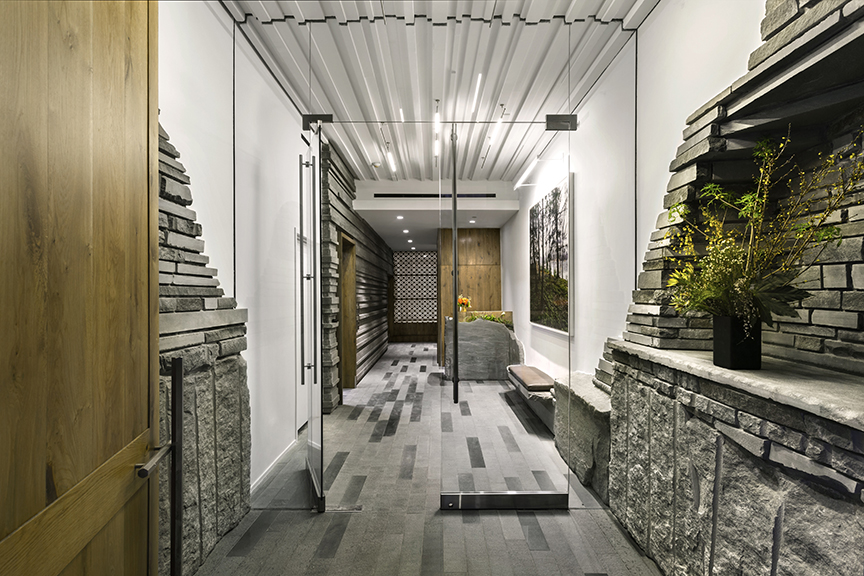
Top left photo courtesy of Bruce Damonte. Top and bottom right photo courtesy Robert Granoff.
The Pacific, San Francisco’s most anticipated new condo project, is more than 90 percent sold.


Representing the pinnacle of cosmopolitan living, the residence is now offering a brand new service to potential buyers. Trumark Urban has announced a new “White Glove Buildout Service” for The Pacific’s limited remaining inventory of customizable penthouses in the building. Designed by Handel Architects and Handel Interiors, the thoughtfully curated service allows for potential penthouse buyers to forego the hassles of the construction and design process and instead opt for an immaculately designed, turn-key space in the most exclusive collection of residences within the building.
To aid in the visualization of the pre-conceptualized spaces, model 3-D floor plans and virtual 3-D tours of Handel’s proposed design layout, as well as samples of the fixtures and finishes are available for buyers to view.


Among the remaining penthouse inventory at The Pacific includes two corner penthouses and two top-floor Grand Penthouses with private expansive terraces. Penthouse interiors range up to ~3,851 square feet with private terraces ranging up to ~2,238 square feet. All are sold as warm custom shells with prices ranging from $6.5M to $13.9M.
The entire Penthouse Collection is comprised of seven penthouses and four grand penthouses, one of which set a new price record in San Francisco when it sold for $15.875 million earlier this year. Buyers also receive a significant credit toward the build-out of any customizable penthouse shell in the amount of $1.5M for Grand Penthouses and $1M for Penthouse residences.


Located in San Francisco’s prestigious Pacific Heights neighborhood, The Pacific offers a full range of amenities including private vehicle valet, full service concierge, lobby attendant, a private Observatory Lounge overlooking the Bay and Golden Gate Bridge, a private guest residence called “The Fillmore,” and a world class fitness center.
Since launching sales in summer 2016, The Pacific is now more than 90 percent percent sold.
Photos courtesy of Circle Visions
The 43-story community, located in the heart of San Francisco’s SoMa district, has unveiled the property’s $25 million re-imagination.



Related Companies, a U.S. real estate firm, will rejuvenate the lobby, common spaces and residences, as well as bring a new amenity collection to the community.
“The significant property-wide re-imagination further elevates The Paramount‘s status as one of the most coveted San Francisco high-rises and was designed to enhance our creative, professional, and entrepreneurial residents’ lifestyles,” said Bill Witte, chairman of Related California. “We are very excited to offer a new way of elevated living for our residents here at The Paramount and at our future residential developments in San Francisco…”
Designed by Marmol Radziner, a West Coast-based design-build firm, The Paramount’s new look is elegant and contemporary. Using natural elements, such as polished marble and wood textures, the design creates a warm space for residents and guests. To reflect San Francisco’s artist culture, The Paramount also features artwork from renowned artists, such as Eva Schlegel and Val Britton.



Styled by local interior designer Sayre Ziskin, The Paramount’s model unit features an array of neutral colors, complimented by bold patterns and textures throughout the space. The furniture and fixtures reflect a contemporary aesthetic while still retaining warmth and coziness.
In addition to the new design elements, the property has unveiled new resident amenities, including a fitness center, heated outdoor swimming pool, landscaped rooftop terrace and an expansive rooftop dog run.
“Inspired by the buzz and energy of San Francisco, The Paramount was designed to reflect and cater to the lifestyle and personality of our San Francisco residents, making it the perfect place to call home and connect with family, friends, and colleagues,” said David Greenberg, vice president of Related Management Company. “The Paramount provides residents with the utmost luxury and unparalleled, five-star service, and we look forward to reintroducing the property to the San Francisco market.”



The Paramount’s 387 apartments range from studios to two-bedroom residences. Studios start at $3,195, one bedrooms begin at $3,895 and two bedrooms start at $5,895 a month. For more information, visit TheParamountSF.com.
Photos courtesy of The Paramount














